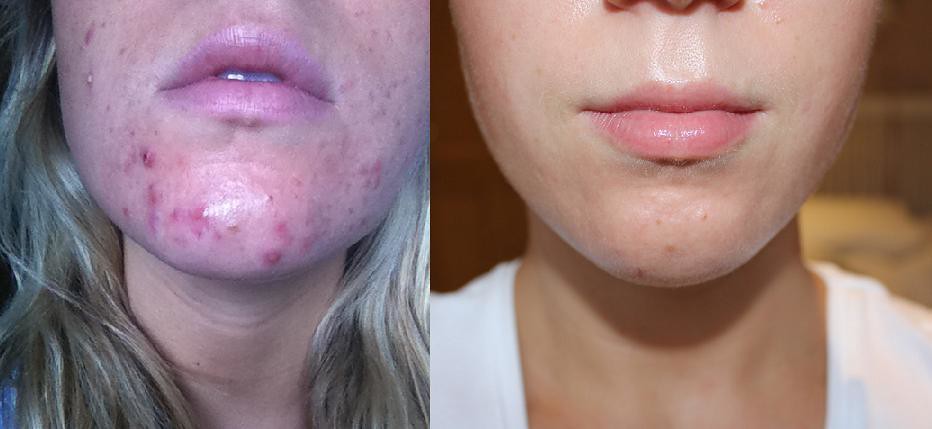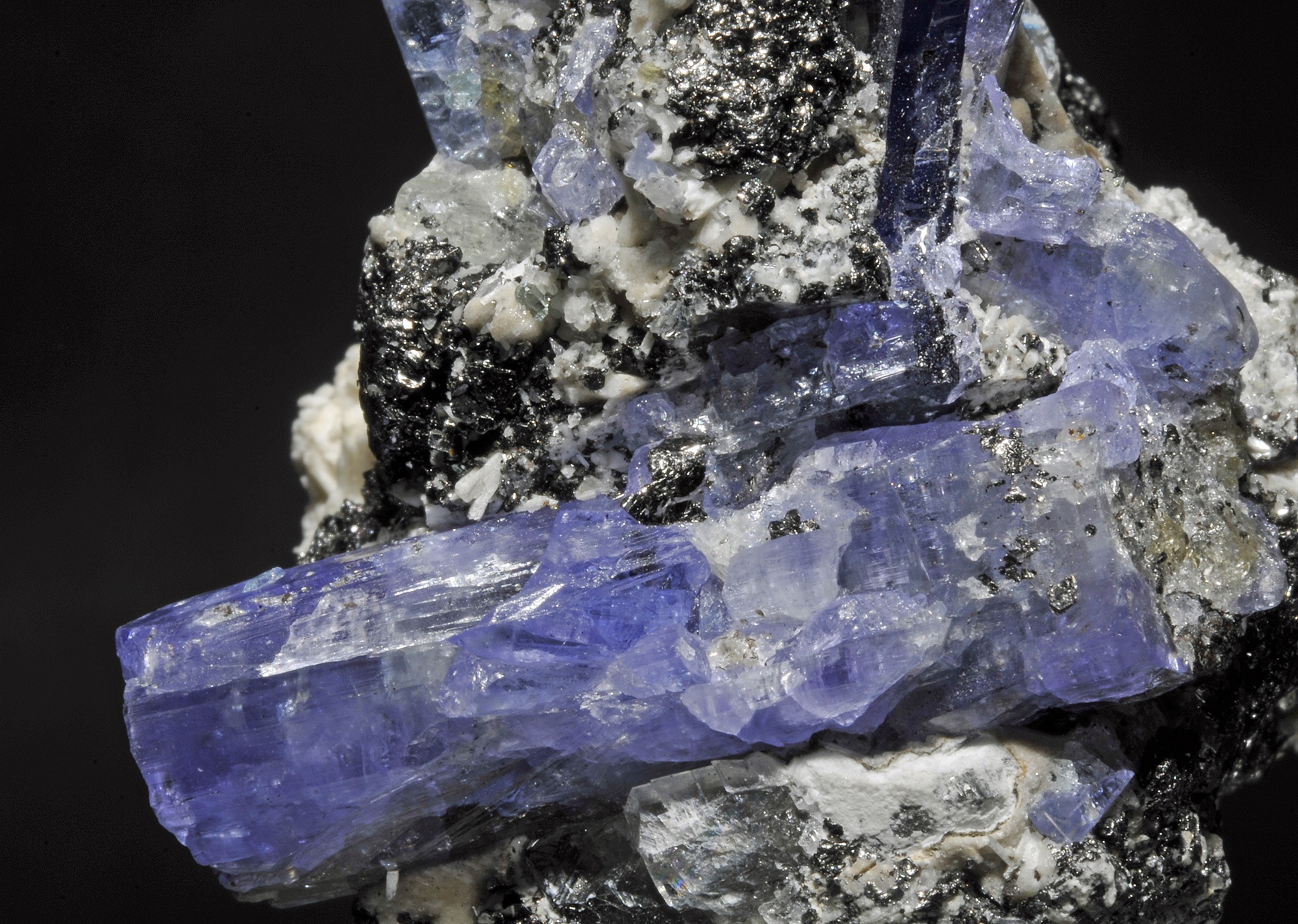How Effective is Profractional for Acne Scarring Removal?

October 9, 2018
0 Comments
Are you considering ProFractional laser treatment for acne scar removal but want to know how effective it really is? Profractional is increasingly popular for treating acne scarred and age-damaged skin.

